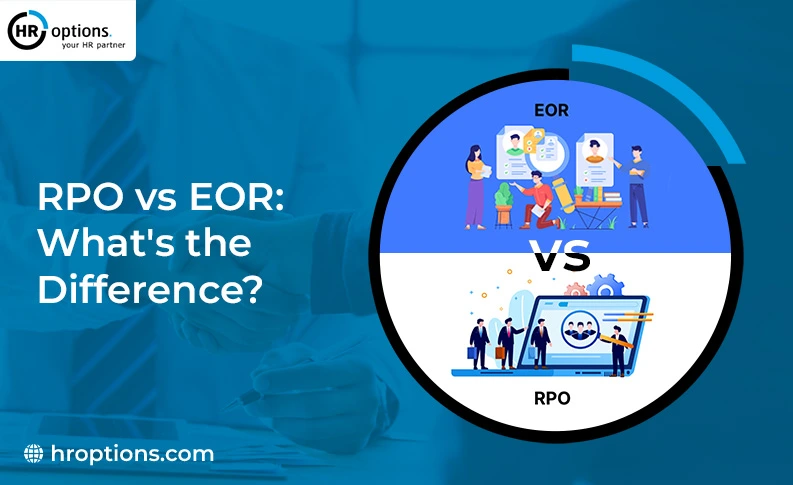Termination in Canada and Its Technicalities
The best way to handle a termination between you and your employee is to follow the process that is mandated by Canadian Employment Standards.
TERMINATION IN CANADA AND ITS TECHNICALITIES
 Nunzio Presta
Nunzio Presta
Senior Sales and Marketing Executive
Termination can be a sensitive topic in the employment world as it is the end of an employer-employee relationship, sometimes for uncomfortable reasons.
The best way to handle a termination between you, the employer, and your employee is to follow the process that is mandated by Canadian Employment Standards. These standards vary per province or territory, but they still have some common themes that you should consider.
WHAT IS TERMINATION FOR CAUSE?
Termination in Canada is often an expensive and lengthy process, so it is usual for an employer to have concrete reasons before proceeding with such a decision. In Canada, the only situation where you can terminate an employee without providing notice of termination is if it’s a termination for cause.
Summary dismissal or termination for cause is a kind of termination where the employer may dismiss an employee right away as long as there is a valid reason for termination and proof to support that reason.
This type of termination only applies if the employee has been accused and found guilty of theft, fraud, willful misconduct, or any action considered a breach of the contract signed at the start of employment. Every employer should be conscientious when terminating without notice. It is advisable to check with a consultant or lawyer to make sure you’re proceeding correctly.

THE COMMON LAW NOTICE OF TERMINATION
Common law notice of termination means that an employer is required to give a memorandum to the employee who will be terminated without cause. This notice can be provided to the employee as a working notice or as pay in lieu notice.
Each province or territory has employment standards and will lay out minimum notice requirements of termination. Common law also has to be considered in Canada, so case law can be considered as well.
Other things that are considered under the common law are the employee’s current situation regarding their age, job, and the availability of different positions for them after the termination.
WORKING NOTICE VS. PAY IN LIEU NOTICE
For any termination except termination for cause, an employee should receive either working or pay in lieu notice. Each notice depends on the months or years of service the employee has served the employer.
Working notice is when you inform your employee that their employment will end after a period of weeks or months, depending on the situation. When giving working notice, you want to be sure there are no security concerns, and there are no risks associated with continued employment during that time.
On the other hand, pay in lieu of notice is where you inform an employee that their termination is effective starting on that day, but they receive pay covering equivalent weeks or months’ worth of notice.
Employee’s Notice When Resigning
Just like with termination, employees are also bound to give a memorandum when they decide to part ways with their current employer. It is usually a minimum of two weeks’ notice, but if you do require them to give an extended notice period, depending on their job, you need to ensure that the terms are clearly written within their contract.
You also want to be sure that there’s a clause in your agreement in terms of resignation, stating that as the employer, you have the option to waive that notice period and have the employee terminated on the date you choose during that notice period. This should be outlined in the written employment agreement to avoid disputes or issues around the time of resignation or termination.

SEVERANCE PAY IN CANADA
The term severance pay is often used in Canada to refer to the notice of termination pay you’re providing to a terminated employee. But in Ontario, on top of the notice that you have to pay per the employment standards and common law, there’s also a separate severance pay lump sum calculation based on the employee’s years of service.
Following Ontario’s employment standard, a company that pays a minimum of $2.5 million for wages per year will pay severance pay to an employee who worked in the company for five years or more. Under the ESA, the maximum amount of severance pay required to be paid is 26 weeks’ worth of wages.
CONCLUSION
When thinking of terminating an employee, whatever the reason may be, make sure to abide by the employment standard of the province or territory where your business is located. This will help you have a smoother process and avoid any complications or lawsuits after an employee is terminated.
Always keep in mind that Canada’s government is stern in protecting employee rights when it comes to employment, so it is essential to maintain an up to date understanding of employment and compensation law in your province and any province in which your employees work.
GET EVERY NEW COVID-19 BEST PRACTICE RESOURCE
Receive exclusive access to our library of COVID-19 resources.
RELATED ARTICLES
THE SPECIFICS TO CANADA’S EMPLOYMENT STANDARDS ACT
CANADIAN EMPLOYMENT LAW FOR AMERICAN EMPLOYERS
EMPLOYEE HIRING PROCESS: THE CANADIAN WAY
OTHER ARTICLES
WORKPLACE TRENDS #4: SOCIAL MEDIA – ENGAGE AND EXCHANGE
The Duties And Goals Of An HR Department
Co-Employment and the Risks It Comes With
LET'S CHAT ABOUT YOUR HR OPTIONS
Chat below or call (800) 777-8944 for an immediate response.








